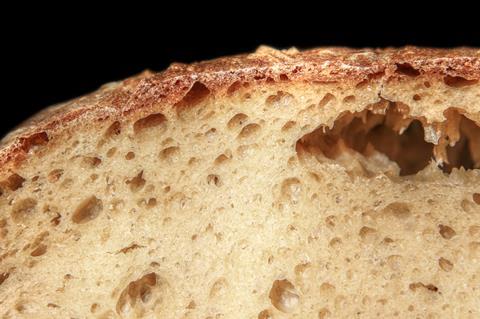
A long-awaited code of practice for the labelling of sourdough products has been published this week by the Association of Bakery Ingredient Manufacturers (Abim).
Titled the UK Baking Industry Code of Practice for the Labelling of Sourdough Bread and Rolls, the document follows years of input and discussion with stakeholders including the Federation of Bakers, the Craft Bakers Association and the British Sandwich Association.
The code of practice states: “A unique opportunity exists for the industry itself to agree on terms and definitions that are mutually beneficial to producers and consumers alike, thus militating against potentially misleading labelling information whilst preserving the integrity of the definition of ‘sourdough’ and ‘sourdough bread’ and the methods by which they are produced.”
It suggests three definitions of products for labelling and marketing purposes, which are broadly in line with proposals presented for discussion with the Department for Environment, Food & Rural Affairs in 2019.
The three definitions in the code published on the Abim website this week are:
Sourdough (product name)
A product in which live/active sourdough is used as the principle leavening agent; which may be made with the addition of a maximum of 0.2% compressed bakers’ yeast, or the equivalent level of cream, liquid, dried or frozen yeast, as calculated on the total flour weight of the final dough. Additives or flavourings in the final dough must not be used with the exception of the mandatory flour fortificants required by the UK Bread and Flour Regulations 1998. Products labelled in this way must not contain inactive /deactivated /devitalised sourdough.
(Product name) with sourdough
A product made with live/active sourdough, and/or inactive/deactivated/ devitalised sourdough, where commercial bakers’ yeast has been used as the principle leavening agent in the final dough and which may also contain permitted additives. The product must not contain additives which are added specifically to impart a sourdough type acidity, flavour or aroma to the finished product (e.g., acids or their salts).
Sourdough flavour (product name)
A product made with live and/or inactive/deactivated/devitalised sourdough, where the sourdough itself contains raw materials that have been added specifically to:
I. Increase the shelf life of the sourdough
II. Enhance the sourdough type acidity, flavour and/or aroma of the finished bread
All sourdough flavour products in this category may contain bakers’ yeast and other permitted additives.
As well as guidance on how the above definitions may be applied in marketing terms, the code gives examples of how they would be applied to a bloomer loaf produced with different recipes and production methods.
It includes the below decision tree diagram to help suppliers determine how their product may be labelled.























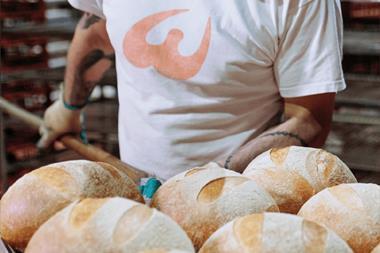


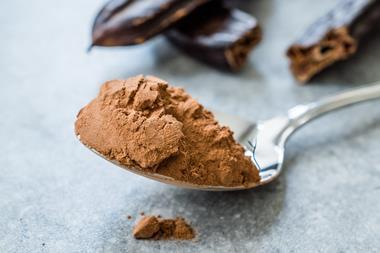
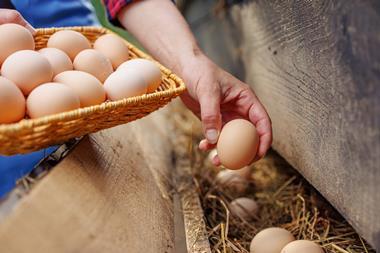



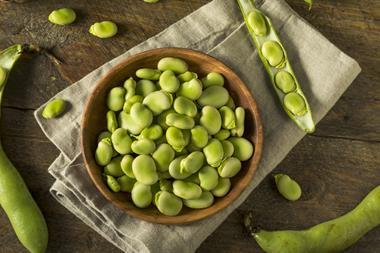

No comments yet